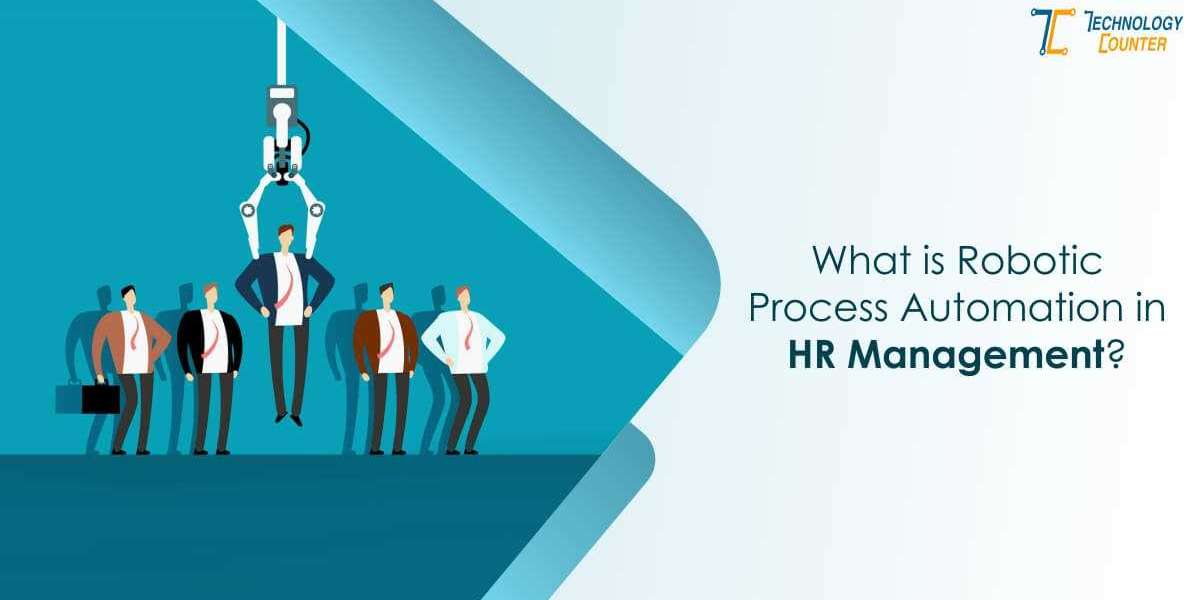What Is Robotic Process Automation?
Robotic Process Automation (RPA) uses software robots on a physical or virtual machine. It has a defined set of instructions for the robots or bots to follow.
RPA bots are capable of stimulating most human-computer interactions. These bots carry out thousands of tasks without a single error and at high volume and speed. Following are the three bot categories:
Pro bots: Follows simple and repetitive commands to process data.
Know bots: They collect and save information from the web.
Chatbots: They are like virtual agents to answer client questions in real-time.
RPA is like a humanless virtual workforce. They are capable of the following tasks:
- Files and folders transfer.
- Log on to any application.
- Connect to systems application programming interface (API)
- Copy-paste data.
- Pull-out and process structured and semistructured content from documents, PDF, emails, and forms.
- Read and write to databases.
- Scrape data from the web.
- Open emails, messages, and attachments.
- Automated calculations.
Robotic Process Automation in HR Software
The 4th industrial revolution is reforming the industrial landscape. As technological innovations transform the world, the HR department should also embrace automation and other technological advancements. They are more efficient and cost-effective. RPA has endless possibilities in the HR processes. It can take care of onboarding and offboarding tasks, updating employee information, and other HR tasks.
The integration of RPA in HR related Software enables better service to the employees and managers. It ensures the HR processes comply with required regulations and standards.
RPA facilitates quick initiation and completion of the HR processes. Digitization of data and auditing the process data makes it more efficient.
Identify suitable HR processes for RPA.
It is very crucial to identify the HR processes that are suitable for RPA. The following four steps will help you to determine a suitable HR process for RPA:
Validate: The first step to identify the process suitable for RPA is to validate the HR processes that are mature and standardized.
Assess: The second step involves assessing the quality and quantity of work done by RPA compared to humans. Organizations can analyze RPA potential based on:
- The amount of human interaction in the HR process.
- Do you need software to execute the process?
- If the activity clearly defines the business rule.
Potential of RPA in HR processes:
Best HR software will have integration of robotic process automation. Following four HR processes have a high relevance of RPA in them:
Talent acquisition:
Robots gather all the resumes and compare them with the job requirement. Predefined rules guide the overall selection process. It also stores potential CVs in the database. RPA technology has made all the process paperless.
RPA mails offer letters to all the selected candidates. It makes it paperless and informs the candidate with all the necessary information. Bots also email the rest of the documents that need to be filled by the candidates.



